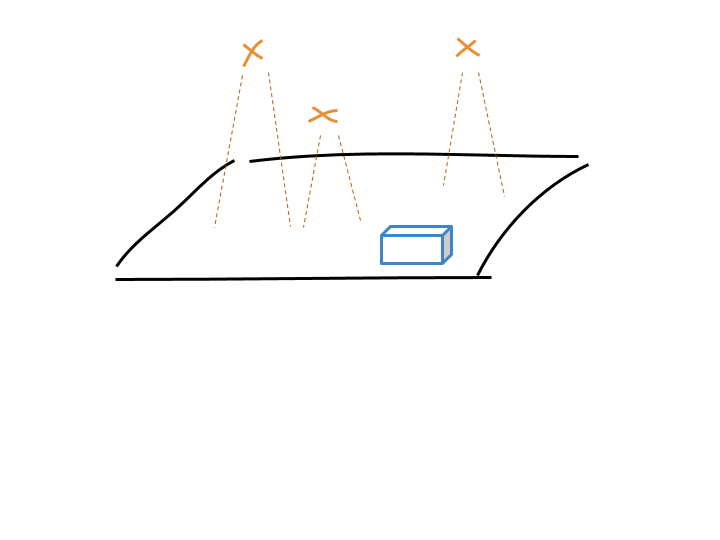What DARPA wants:
- Independent derivation of action and tasks within a team with limited or degraded communication is critical but not explored.
- DARPA desires efficient, bundled perception, localization, planning, and control algorithms for small robots to move rapidly and accomplish a multi-robot task that does not rely on high-bandwidth networked communications nor distributed processing between robots.
- Approaches that demonstrate a path to completing collective tasks (with kilobits to zero exchanged communications), such as multiple robots mapping interior floors, rapid platooning/pursuit, coordinated movement through clutter/interiors, anti-collision, or precision positioning, are desired.
What we have
From the multirobot localization algorithm, we learn that most of the multirobot algorithms do not explicitly consider the role of communication, including the cost and the effect of imperfect communication.
- Opportunistic communication
- Modularized SLAM algorithms
I think the system that DARPA wants:
The reliance on communication should be as low as possible. Every robots should at least accomplish the goal, and the information from communication enhances the performance.

The proposed system (multiple robots mapping interior floors)
- One ground robot + several aerial robots
- Ground robot: fusing the information from aerial robots
- Aerial robot: simple collision avoidance, mapping (SLAM)
- Ground robot -> aerial robot: landmark, trajectory control, end of the mission
Technical concerns
- Initialization: all robots should agree on a global coordinate system
- Information from aerial robots to the ground robot
- Map representation?
- Fusion algorithm on ground robots?
- Scheduling of information transmission?